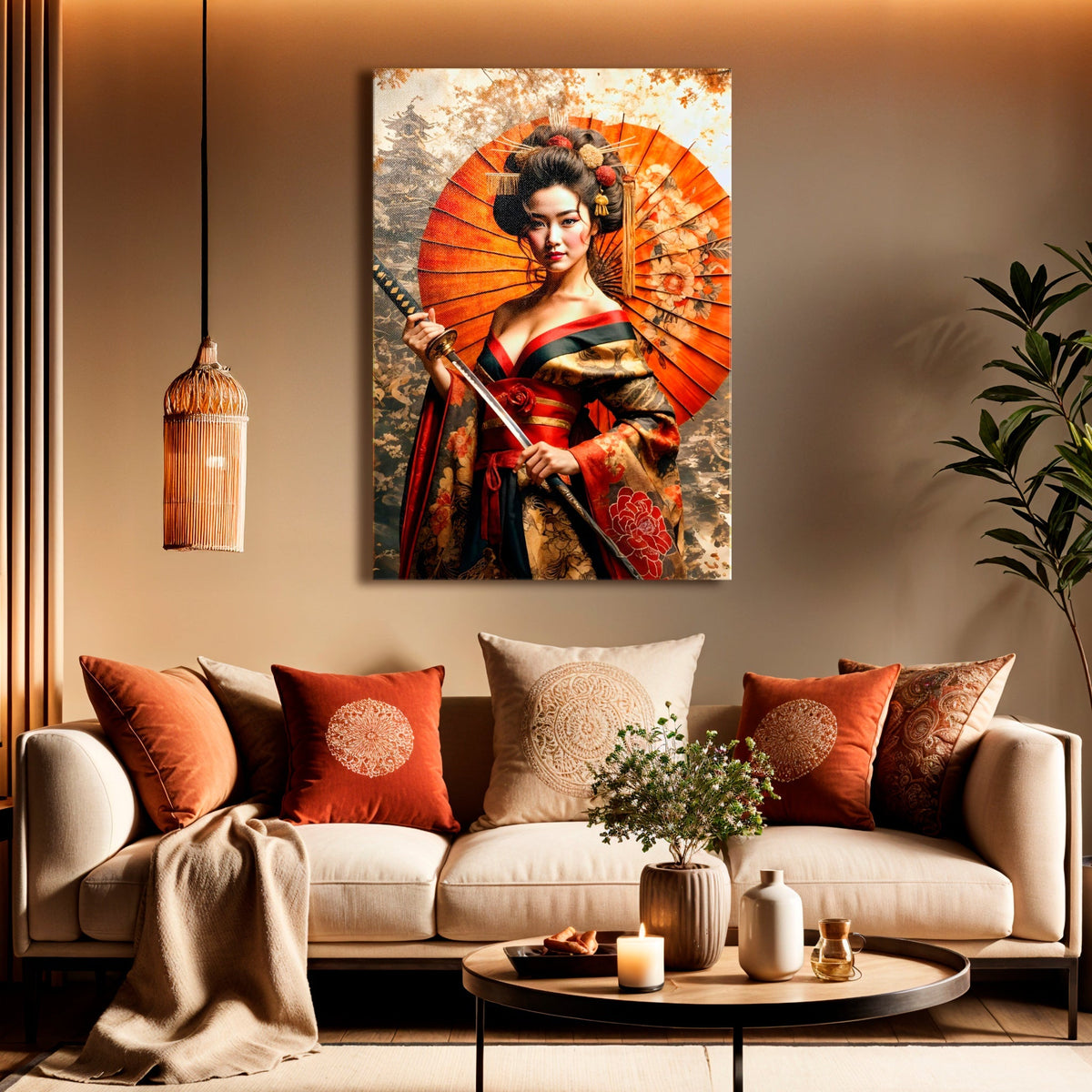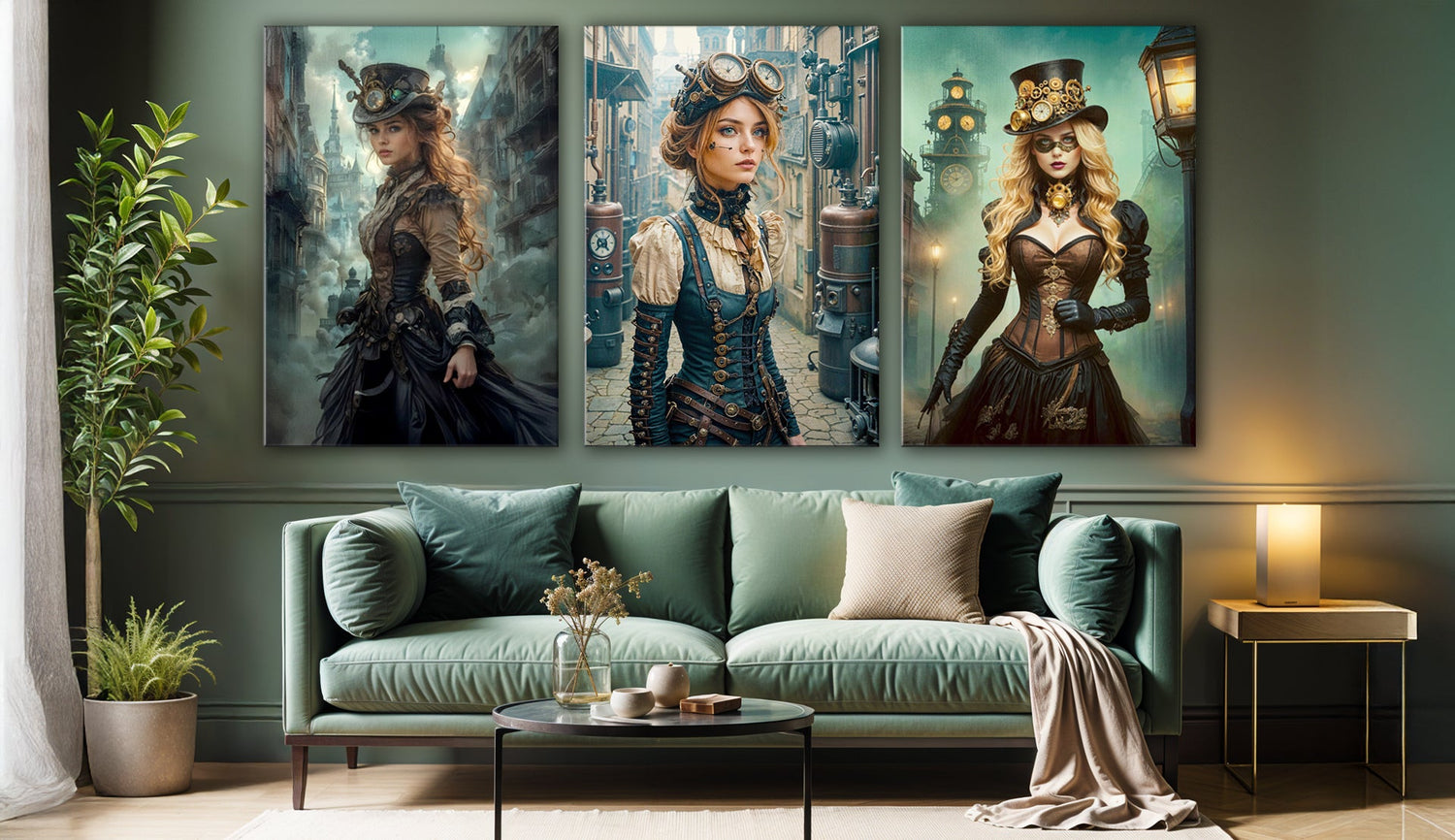
Texture That Speaks: Why Canvas Prints Feel More Alive
Some images whisper. Others hum. But the ones on canvas? They speak.
Not loudly, and not all at once—but with a resonance that lingers. It might begin with a soft shadow catching light across a sleeve or the subtle grain echoing the flick of a painted strand of hair. There’s a warmth to it. A sense that the image isn’t just seen—it’s felt.
So why does canvas feel so much more alive than a typical wall print?
Let’s unravel what texture does to an image—and why, for those drawn to detail and emotion, canvas art wall decor may just be the most human way to bring a story into your space.
The Quiet Power of Surface
Unlike glossy posters or smooth photo prints, canvas gives art room to breathe. Made from a carefully blended cotton-poly fabric (300–350gsm), it has a natural weave that gently diffuses light and softens sharp transitions. This isn’t about muting vibrancy—it’s about layering it with depth.
Highlights seem to glow rather than glare. Dark tones don’t just sit flat—they sink into the surface, adding quiet richness. Especially in pieces like our geisha wall art, where fabric, skin, and sword all meet in sharp relief, this added texture can turn an image into atmosphere.
Some might argue that digital sharpness offers more realism. But perhaps what canvas offers is something closer to memory—where softness suggests movement, and edges are less about lines and more about emotion.
Blending Ink with Soul
Printing on canvas isn’t simply a matter of transferring pixels. It requires pigment-rich inks formulated specifically to bond with woven texture—inks that absorb slightly into the fibers while still holding their shape. The result? A finish that appears subtly tactile, even from across the room.
In works like our samurai wall art, this ink-texture fusion enhances the weight of each gesture—the turn of the wrist, the tension in fabric folds, the glint along a blade. These moments don’t shout. They shimmer.
When positioned in a softly lit hallway or sunlit studio, canvas art seems to interact with its space. Not as a mirror. Not as a photo. But as an object with its own quiet pulse.

A Frame Without the Frame
There’s also something to be said about the unframed wall art prints aesthetic. By stretching the artwork around FSC-certified wooden bars, each piece becomes an object—clean-edged, gallery-inspired, and modern. It stands on its own. It feels finished, yet not confined.
With 26 size options, this means you can scale your wall decor to suit any room. A compact square in a reading nook. A triptych of canvas wall art for living room drama. Or a single, centered warrior muse holding court above your desk.
Canvas turns the wall into more than a backdrop. It makes it part of the art’s storytelling.
Texture Is Memory in Motion
Texture does something that pixels can’t. It suggests handcraft, effort, and intention. It hints at brushstrokes—even when none were physically made. And it invites you to lean in, just a little, to experience a different kind of clarity.
We believe texture doesn’t just enhance fine print. It humanizes it.
That’s why our collection of geisha canvas wall art was never meant to live behind glass. It was meant to breathe—whether evoking the rustle of silk or the scrape of a blade leaving its sheath.
Feel every brushstroke’s echo.
A flat screen may deliver perfection. But perfection can sometimes feel… silent.
Canvas, by contrast, adds voice. Not always loud—but layered. Textured. Present. It offers something for the eyes and the hands, even if only imagined.
So next time you're curating wall art for living room, hallway, or even bathroom decor wall art, consider this: What do you want your walls to say—and more importantly, how do you want them to feel?
Discover the full collection and experience the difference of art that speaks through texture.
From ink to edge, each canvas is printed on demand and built to be seen, felt, and remembered.







